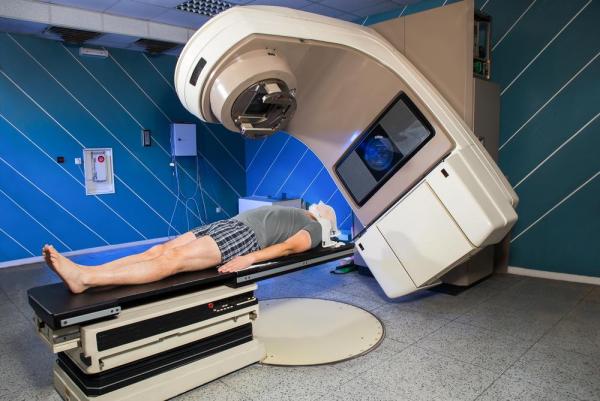
NEW YORK, Jan. 4 (UPI) — Ninety-five percent of cancer patients receiving radiation therapy experience dermatitis, a buildup of scar tissue in the area the treatment is being applied. For some patients, the side effect causes them to stop treatment.
Scientists at New York University’s Langone School of Medicine found a paste prevented the development of scar tissue in mice when they were exposed to radiation levels similar to those used to treat cancer.
The buildup of scar tissue includes tough connective tissues growing to create a framework for injuries to heal, however during fibrosis — which happens during radiation — the tissues are built incorrectly, interfering with function.
NYU researchers thought that by blocking adenosine A2A pathways, which are related to fibrosis, they could prevent the incorrect formation of this tissue.
“Our latest study is the first to demonstrate that blocking or deleting the A2A receptor can be useful in reducing radiation-induced scarring in skin,” said Dr. Bruce Cronstein, director of NYU Langone’s Clinical and Translational Science Institute, in apress release. “The study also suggests that adenosine A2A receptor antagonists may have broad applications as drug therapies for preventing fibrosis and scarring, not just in the liver but also in the skin.”
In the study, published in the Journal of the Federation of American Societies for Experimental Biology, the researchers exposed a group of mice to an amount of radiation cancer patients typically receive during five weeks of treatment.
While some of the mice were typical, some had been genetically engineered to lack the adenosine A2A receptor. Half the mice were then treated daily with a topical paste that blocks A2A receptors, and the rest received a placebo.
After a month of treatment with the paste, mice that received a placebo had double the amount of collagen, skin thickness, and fibrosis they started with. Those treated with the paste had only a 10 percent increase in the three symptoms, and mice genetically engineered to lack the receptor had no skin reaction.
In addition to plans for trials with animals and people, Cronstein said further research also is needed to understand the A2A receptor’s role in the development of scar tissue.






